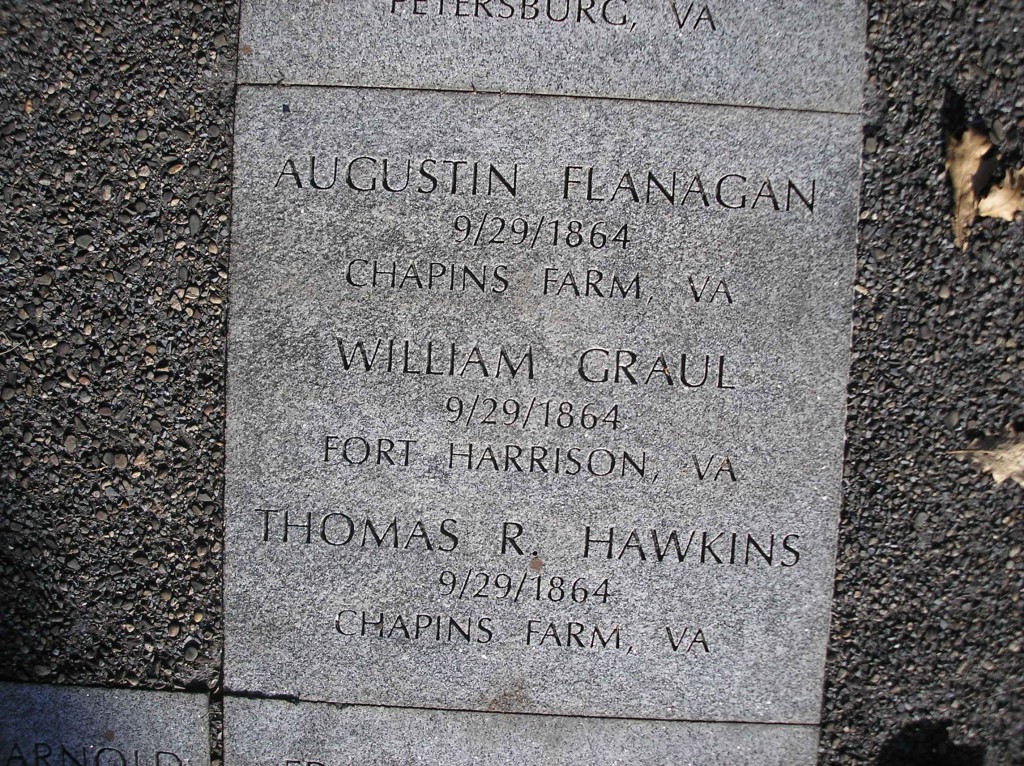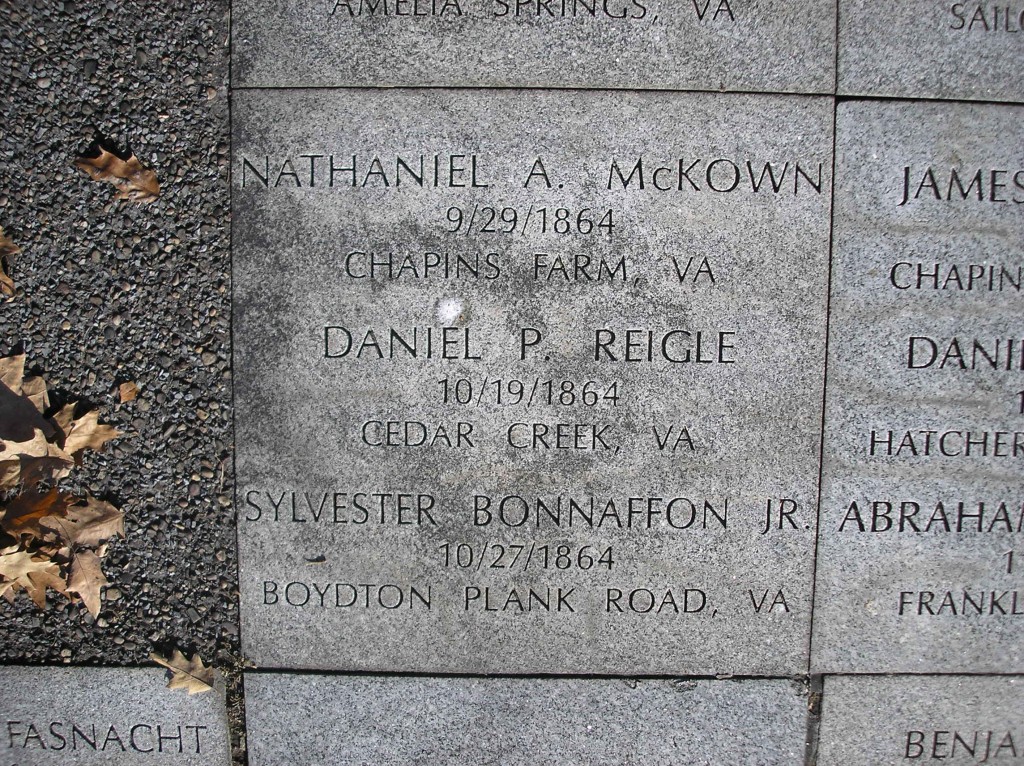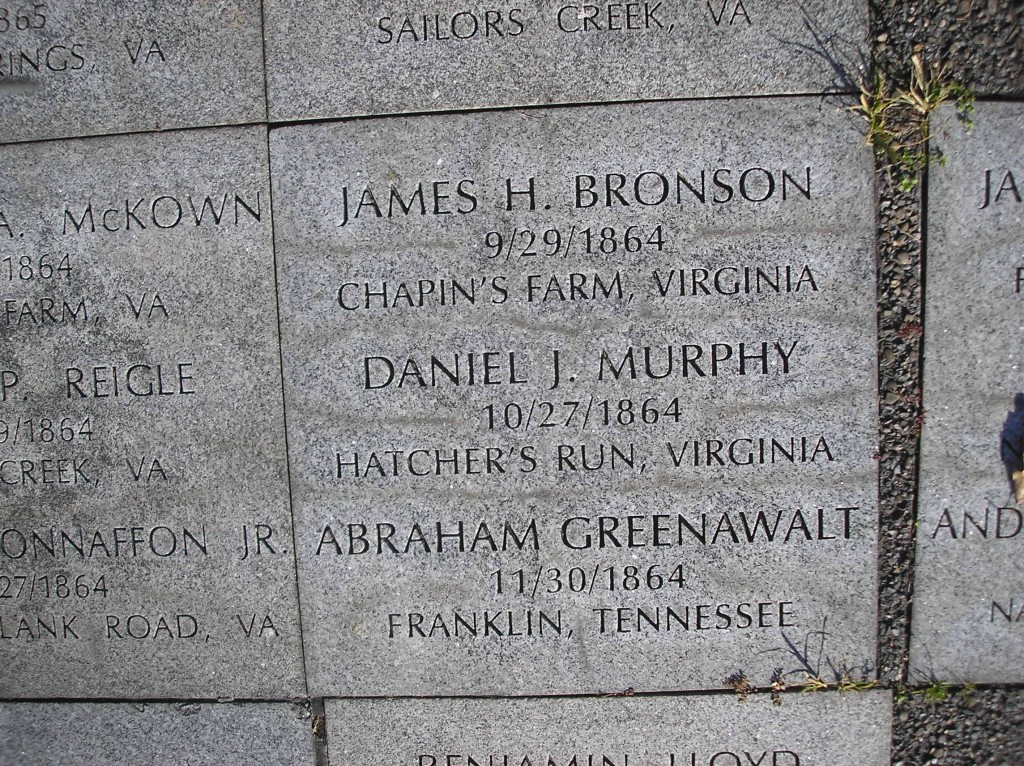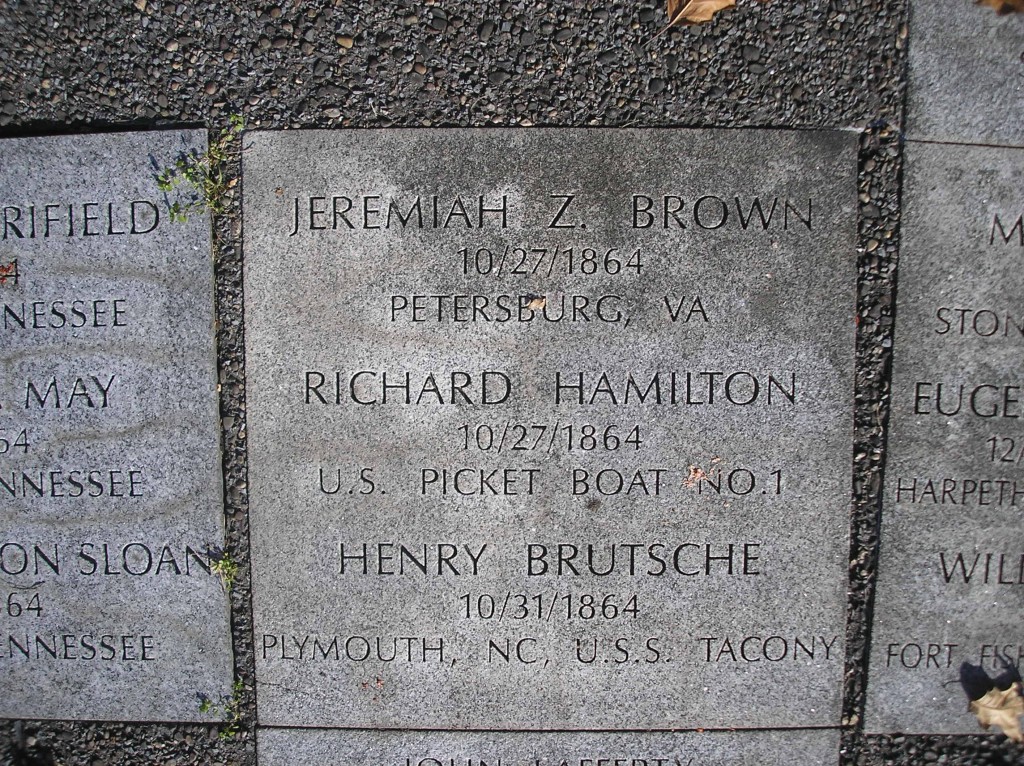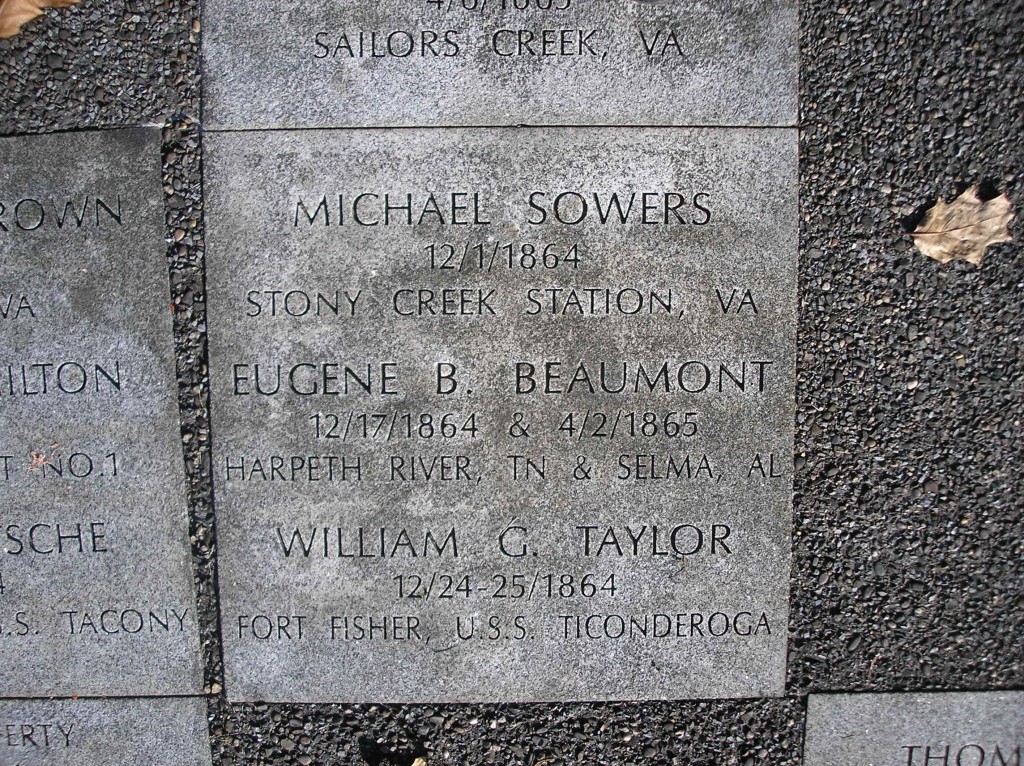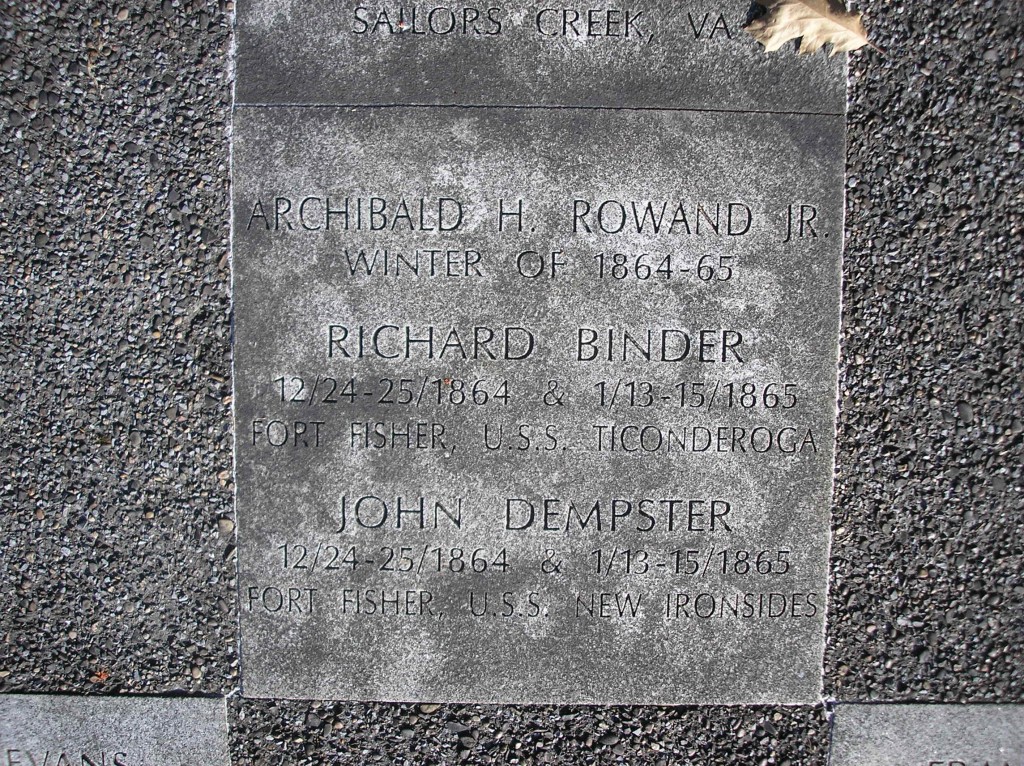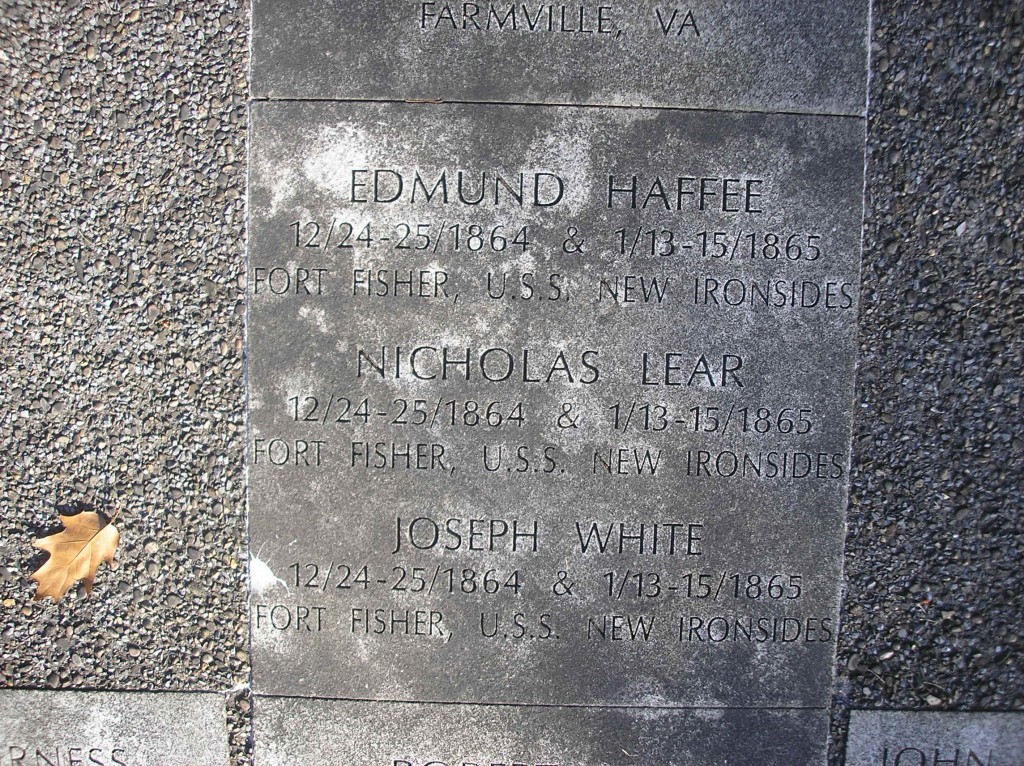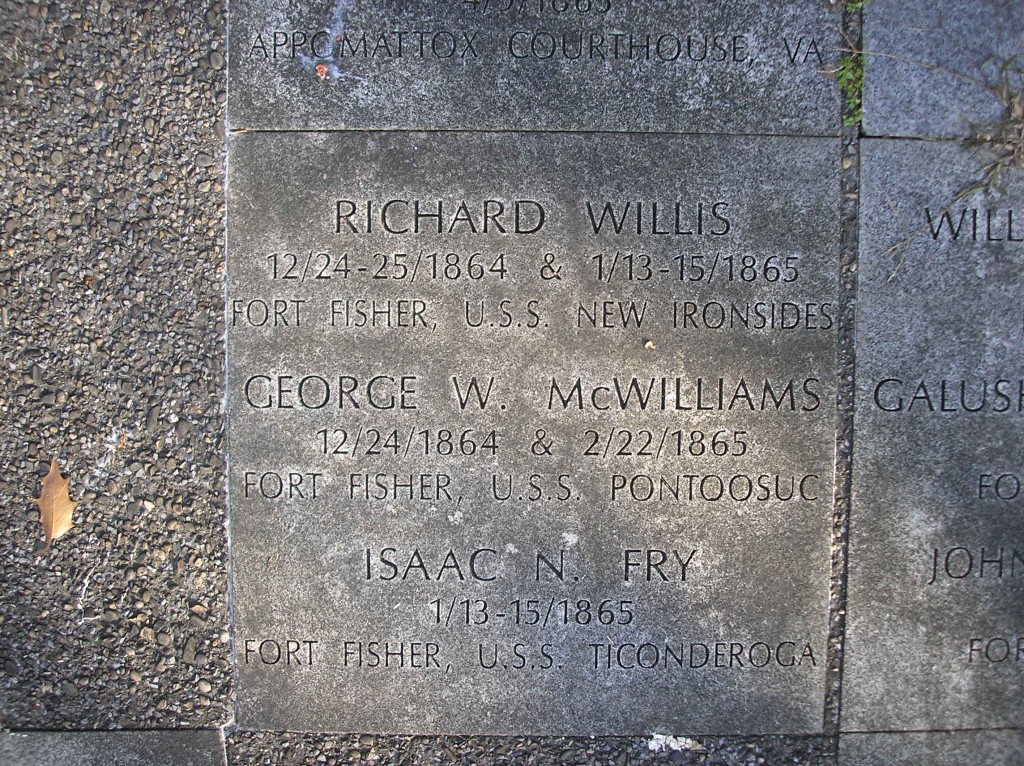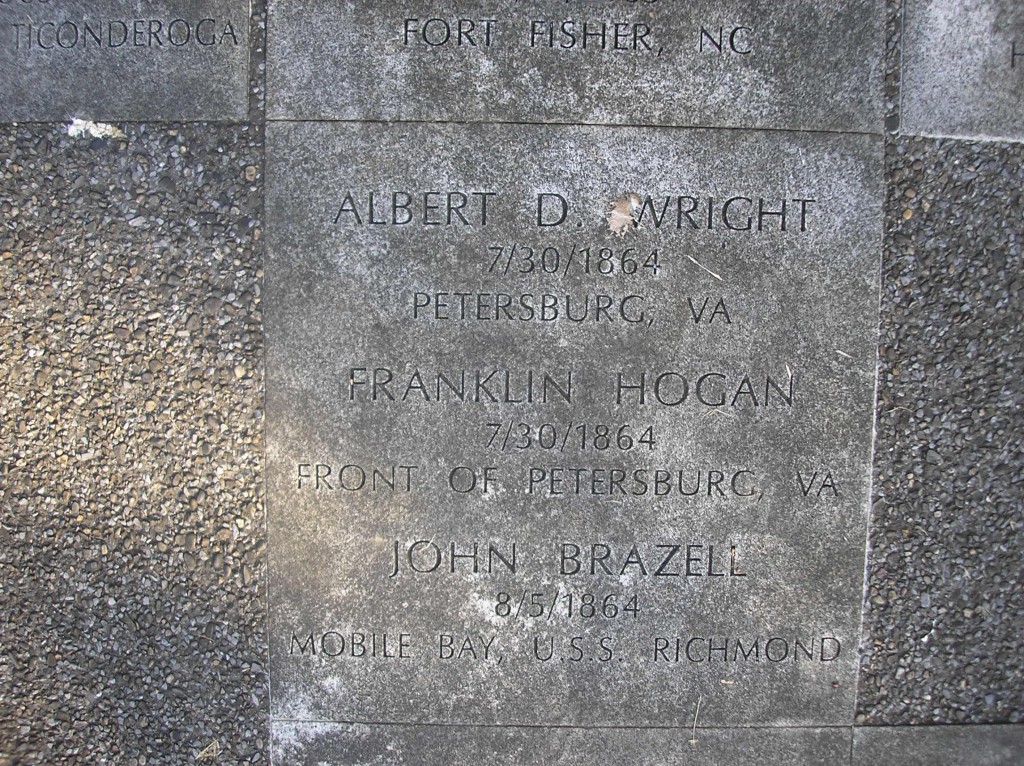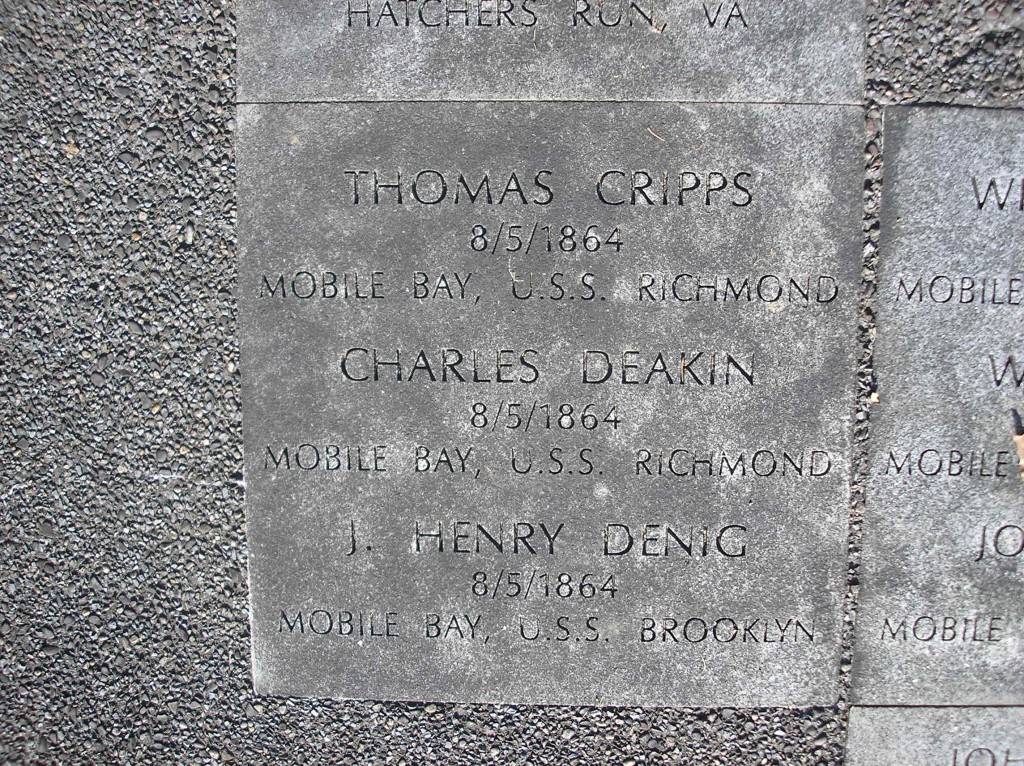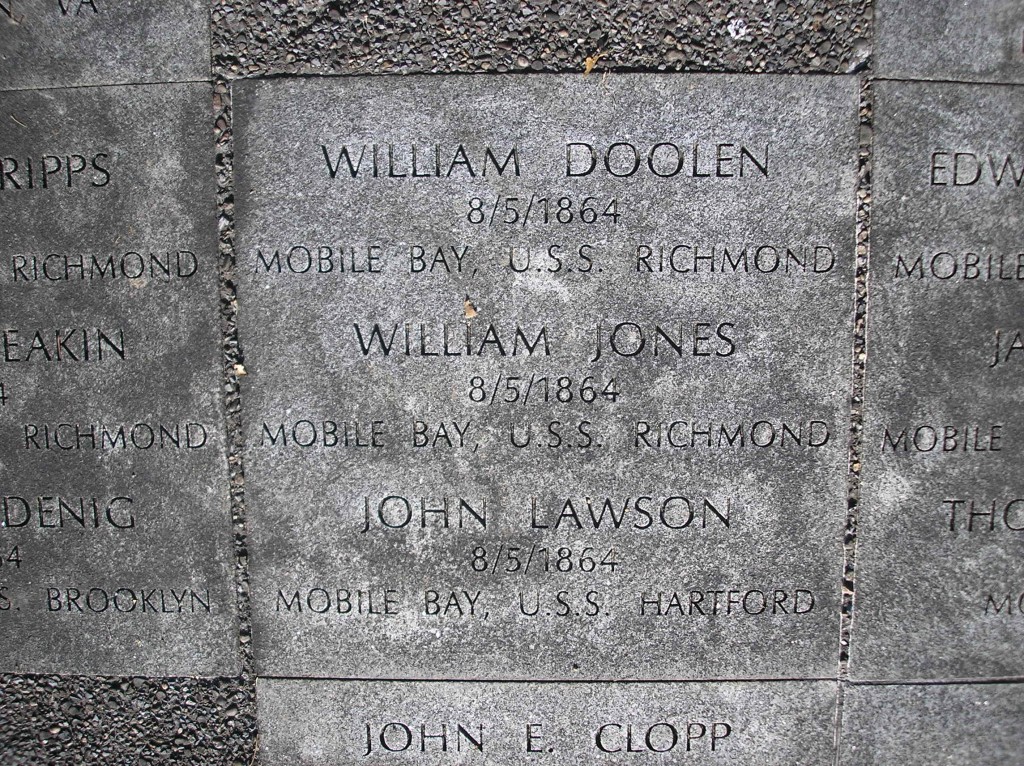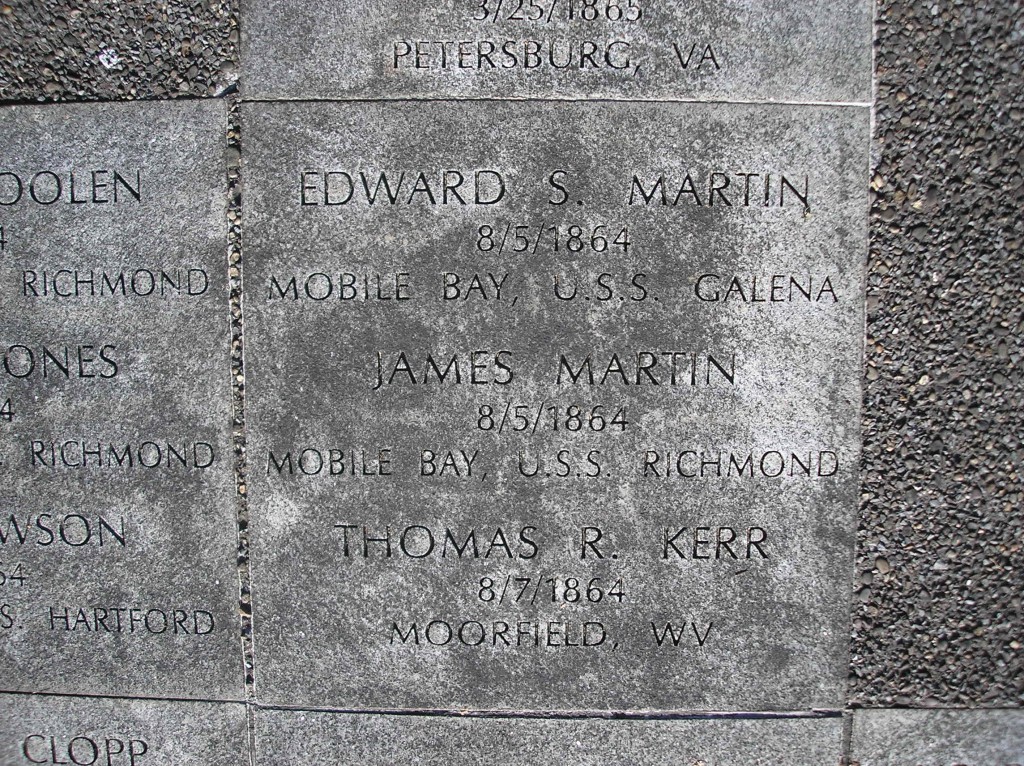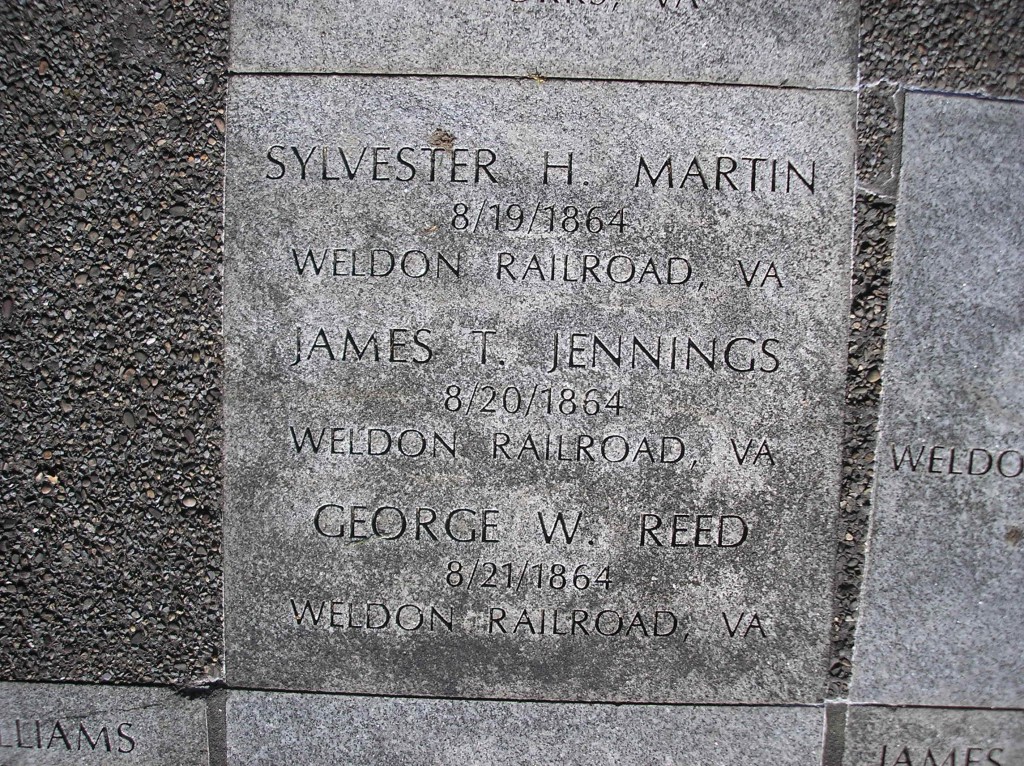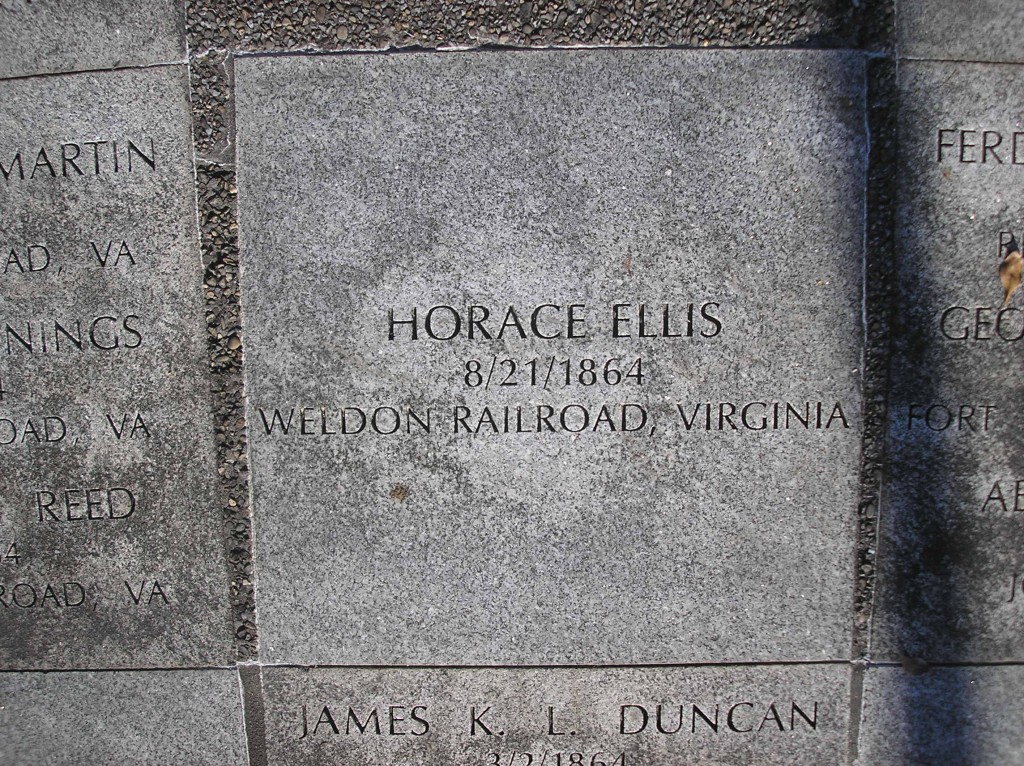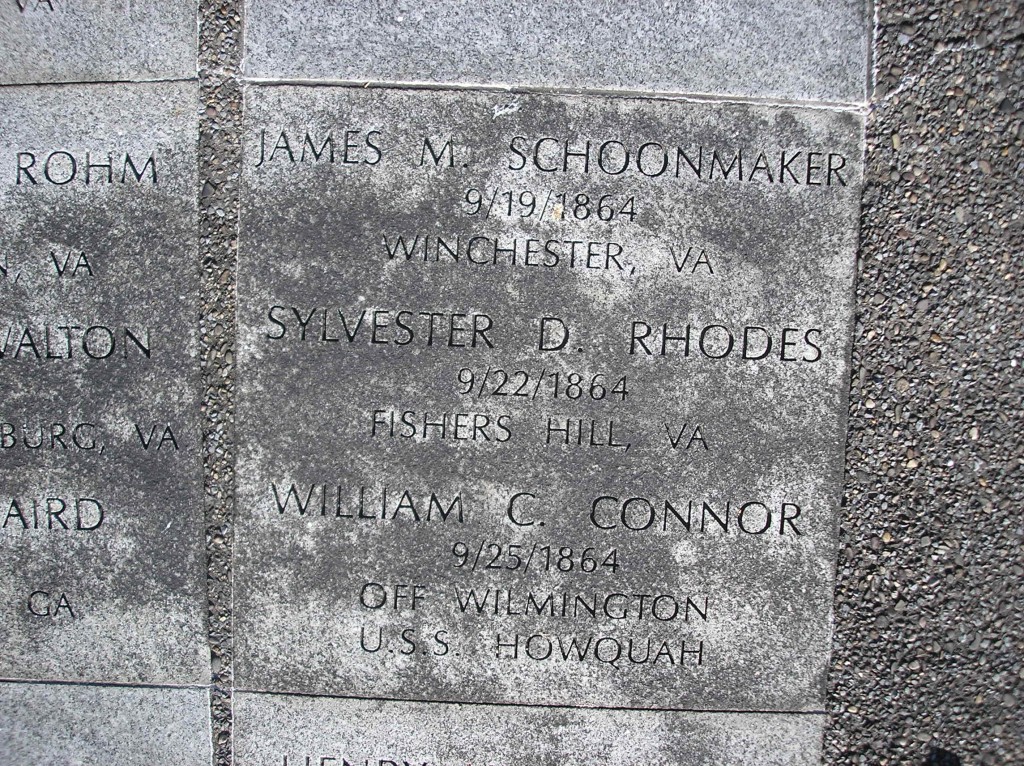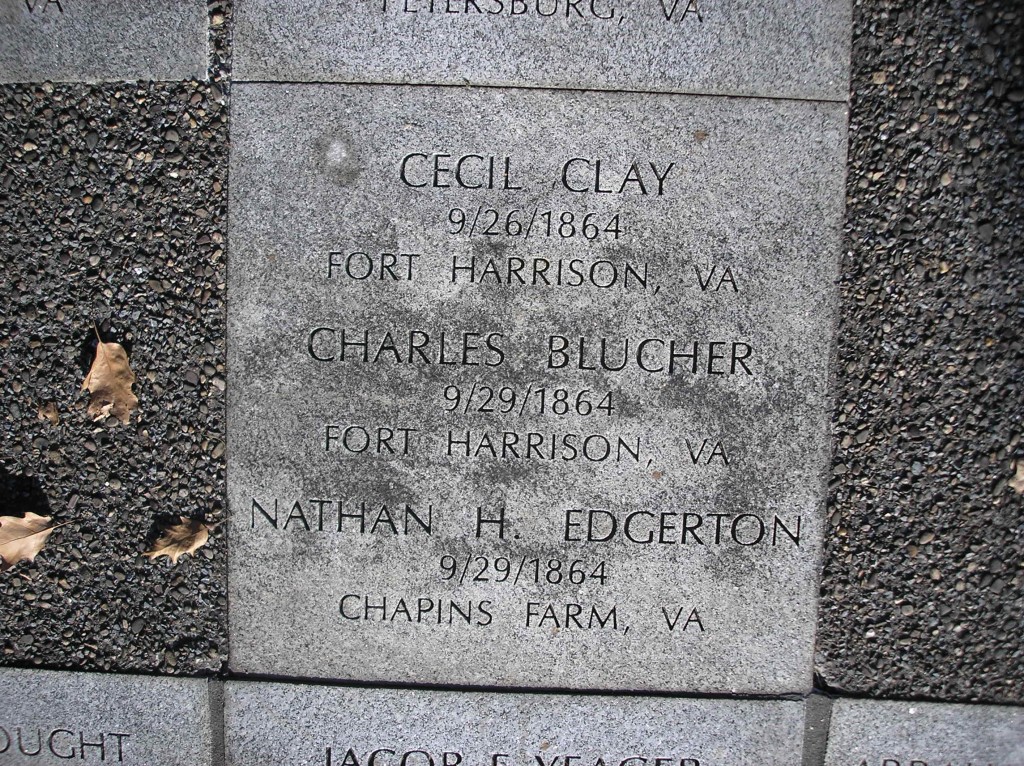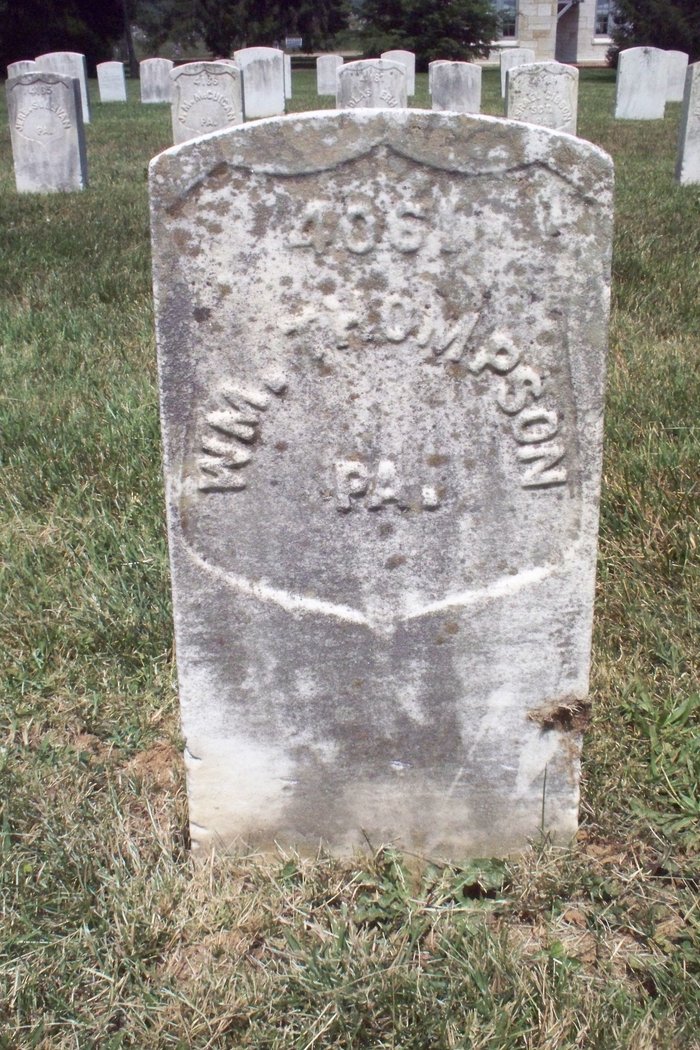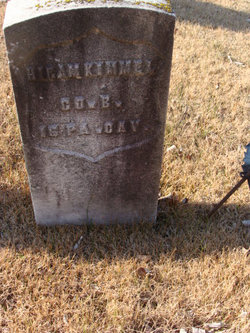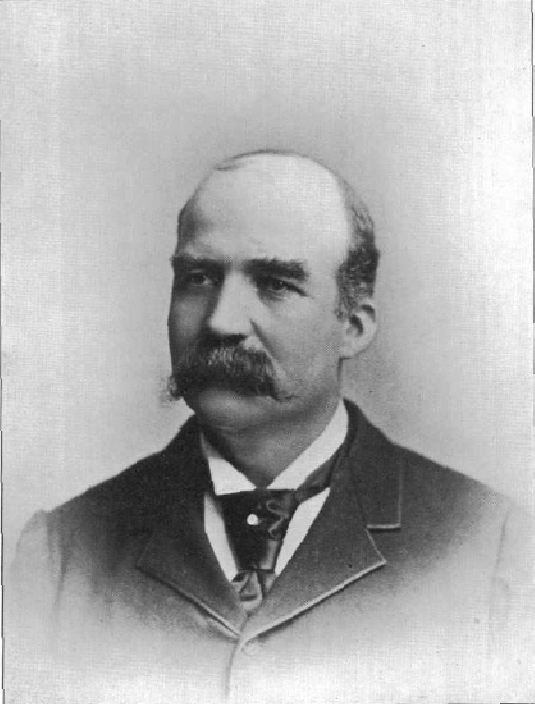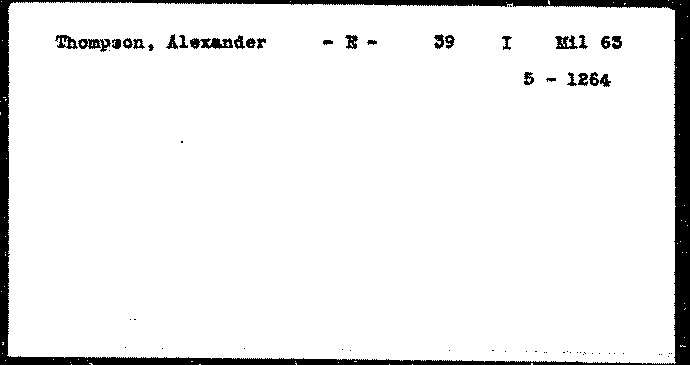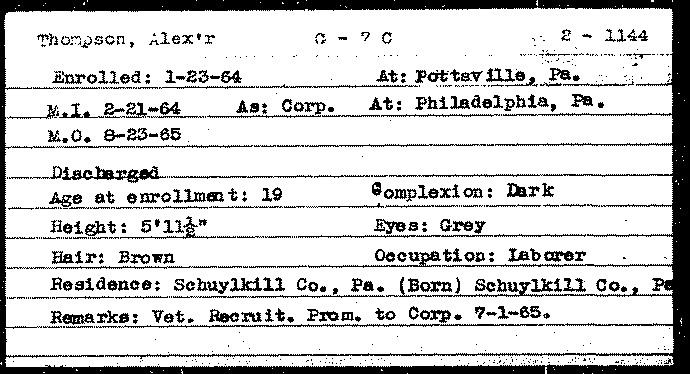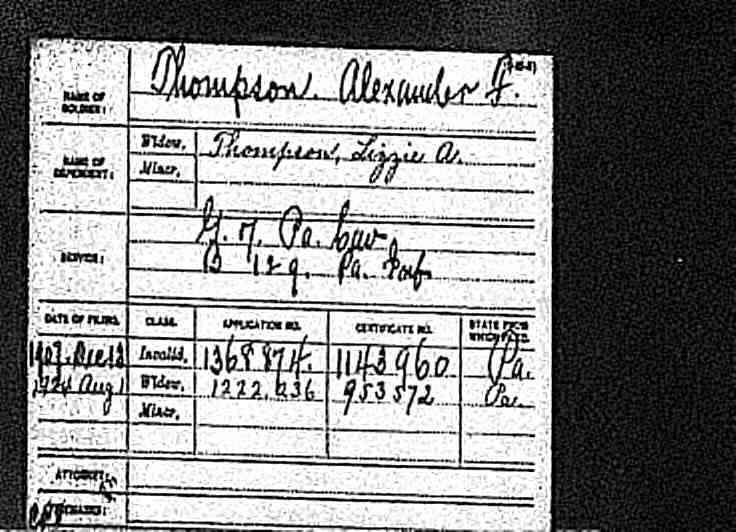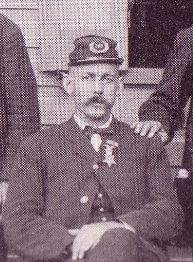Posted By Norman Gasbarro on January 24, 2012
For the past two days this blog has dealt with the question of whether the story of Laura Keene (1826-1873) at the Lincoln assassination was true, was a hoax, or was a legend. Many writers about the Lincoln assassination tell that Keene, after the fatal shot was fired, made her way to the state box at Ford’s Theatre and comforted the dying president by placing his head on her dress – thus “bloodying” her costume and creating a “relic” of the assassination. Few writers question the story. Even fewer writers report that within days after the assassination, Laura Keene and her traveling party were arrested in Harrisburg, Dauphin County, Pennsylvania, at the train station. They were detained until someone was able to secure a release for her. The arrest, detention and release were discussed in a prior post. The post today will review some bibliographic sources on the life of career of Laura Keene and indicate how those resources can be useful in looking at the context in which she was operating in those days in 1865. Some analysis will also be given as to the usefulness of each resource in determining whether the “bloody dress” story is true, a hoax, or a legend. Finally, it will be noted if the Harrisburg incident is mentioned. Many of the resources indicated below are currently available as free downloads and in those cases, a link will be provided.
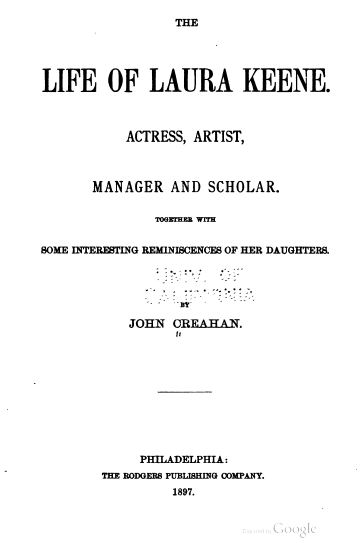 The earliest full-length biography of Laura Keene was written by John Creahan and published in 1897 in Philadelphia. Entitled The Life of Laura Keene: Actress, Artist, Manager and Scholar, Together with Some Interesting Reminiscences of Her Daughters, is available as a free download. Creahan explains in the introduction that it was never his intention to write Keene’s biography, but he was called upon to do so after Keene’s daughter Emma Taylor died in 1882. It had been Emma’s desire to write a biography of her mother, but was unable to do so. The book is a collection of letters, news articles, personal reminiscences, and other source material that can be a good starting point for understanding a very complex character of the theater. Creahan dedicated the book to the “surviving professional friends and associates of Laura Keene, many of whom shared her trials and triumphs during her life, and all of whom, nearly a quarter of a century after her death, have only laurels, kept fragrant and green by their tears of love to strew on her past greatness and future memory….”
The earliest full-length biography of Laura Keene was written by John Creahan and published in 1897 in Philadelphia. Entitled The Life of Laura Keene: Actress, Artist, Manager and Scholar, Together with Some Interesting Reminiscences of Her Daughters, is available as a free download. Creahan explains in the introduction that it was never his intention to write Keene’s biography, but he was called upon to do so after Keene’s daughter Emma Taylor died in 1882. It had been Emma’s desire to write a biography of her mother, but was unable to do so. The book is a collection of letters, news articles, personal reminiscences, and other source material that can be a good starting point for understanding a very complex character of the theater. Creahan dedicated the book to the “surviving professional friends and associates of Laura Keene, many of whom shared her trials and triumphs during her life, and all of whom, nearly a quarter of a century after her death, have only laurels, kept fragrant and green by their tears of love to strew on her past greatness and future memory….”
Chapter III is devoted to “assassination night.” While Creahan admits that this tragic episode did much to ruin Keene, he states emphatically that he will not dwell on it beyond what he is about to say in this one chapter. Reference is given to four source materials for a study of Keene’s role on assassination night, with some presentation of each of those in the chapter. The first source is the reaction of Emma Taylor to her mother’s witness of the assassination – which occurred the morning following when Emma visited Laura and reported that her mother “shook all over like a leaf” and it “seemed as if grief was breaking her heart.” The second source is presented as a newspaper report from the New York Herald of 15 April 1865 in which the reporter (who is not identified by Creahan) describes Keene going to the state box by making her way there with water. There is no mention in the report that Laura Keene did anything more than attempt to pacify Mrs. Lincoln and remained “with the President until he was taken from the theatre.” The story of the bloody dress appears in the third source, an account written by Seaton Munroe, “Recollections of Lincoln’s Assassination,” for the North American Review in 1896. In Munroe’s words:
I was told that Laura Keene, immediately after the shot was fired, had left the stage and gone to the assistance of Mrs. Lincoln…. I now made my way towards the box exit to await the descent of Miss Keene, hoping to learn from her the President’s condition. I met her at the foot of the staircase leading from the box…. The memory of that apparition will never leave me. Attired as I had so often seen her, in the costume of her part in ‘Our American Cousin,” her hair and dress were in disorder, and not only was her gown soaked in Lincoln’s blood, but her hands, and even her cheeks where her fingers had strayed, were bedaubed with the sorry stains! But lately the central figure in the scene of comedy, she now appeared the incarnation of tragedy….
I have lately seen in print an account of the preservation and partition of the blood-stained dress of Laura Keene, of which I have made previous mention of seeing in the theatre.
The final source was from George Alfred Townsend’s Life , Crime and Capture of John Wilkes Booth, and Creahan indicates he is quoting from page 16 of that book (actually from page 10).
A few minutes after the shot was fired that carried away the life of the ‘nation’s martyr” she ran from the stage to the box, and, while his wife and friends were too panic-stricken to render any assistance, placed the President’s head in her lap, and while his life’s blood was flowing from the ghastly wound, soothed his dying moments with tender care….
From the horror of this ‘great dramatic situation” Miss Keene never recovered….
Miss Laura Keene the actress, proved herself in this awful time as equal to sustain a part in real tragedy as to interpret that of the stage. Pausing one moment before the footlights to entreat the audience to be calm, she ascended the stairs in the rear of Mr. Lincoln’s box, entered it, took the dying President’s head in her lap, bathed it with water she had brought, and endeavored to force some of the liquid through the insensible lips. The locality of the wound was at first supposed to be in the breast. It was not until after the neck and shoulders had been bared, and no mark discovered, that the dress of Miss Keene, stained with blood, revealed where the ball had penetrated.
This moment gave the most impressive episode in the history of the continent.
The Chief Magistrate of 30,000,000 of people – beloved, honored, revered – lay in the pent-up closet of a play-house, dabbling with his sacred blood the robes of an actress.
Townsend’s book on Booth (which can be obtained as a free download) was “entered for copyright” in 1865, however, in the explanatory note, he states that he was the representative for the World newspaper at Washington “during those exciting weeks” and “wrote their occurrences fresh from the mouths of the actors.” Without seeing the newspaper articles as published in the actual newspapers, it is impossible to tell whether the descriptions were modified or embellished at a later date when they were included in the book and exactly when the book was actually published. If Townsend reported the story on April 14 and it appeared in print within 24 hours of occurrence, it would be earliest mention of the story. Unfortunately, newspapers from the time of the assassination are among the most common fakes that have been produced, so determining the authenticity of any paper with this story would be a priority. See story: The Most Common Fake Historic Newspaper. If an actual newspaper account can be found and authenticated, Townsend would be still be reporting what was told to him and not what he actually witnessed, so it would be important to try to identify his source.
Creahan’s concluded the chapter on the assassination with the Townsend quote. However, throughout the book, there are references to Our American Cousin, to actors who played with Keene in her company, to her relationship with the Booth brothers, and how the assassination continued to affect the remainder of her life and her career, so a careful analysis of the remaining pages is warranted. There is no reference to arrest and detention at Harrisburg. However, buried ina chapter entitled “Professional Tributes” is a comment from a Miss Eldridge (page 135), an actress who encountered Laura in Cincinnati in the days after the assassination:
She then told me the entire story of the assassination, and how she went into the box at Ford’s Theatre, Washington, and held the head of the murdered president. She also gave me a piece of the dress she wore at the time. I cannot now find the scrap, as it is more than thirty years since that sad event took place.
There are 13 pictures of Laura Keene and her family in this book.
——————————
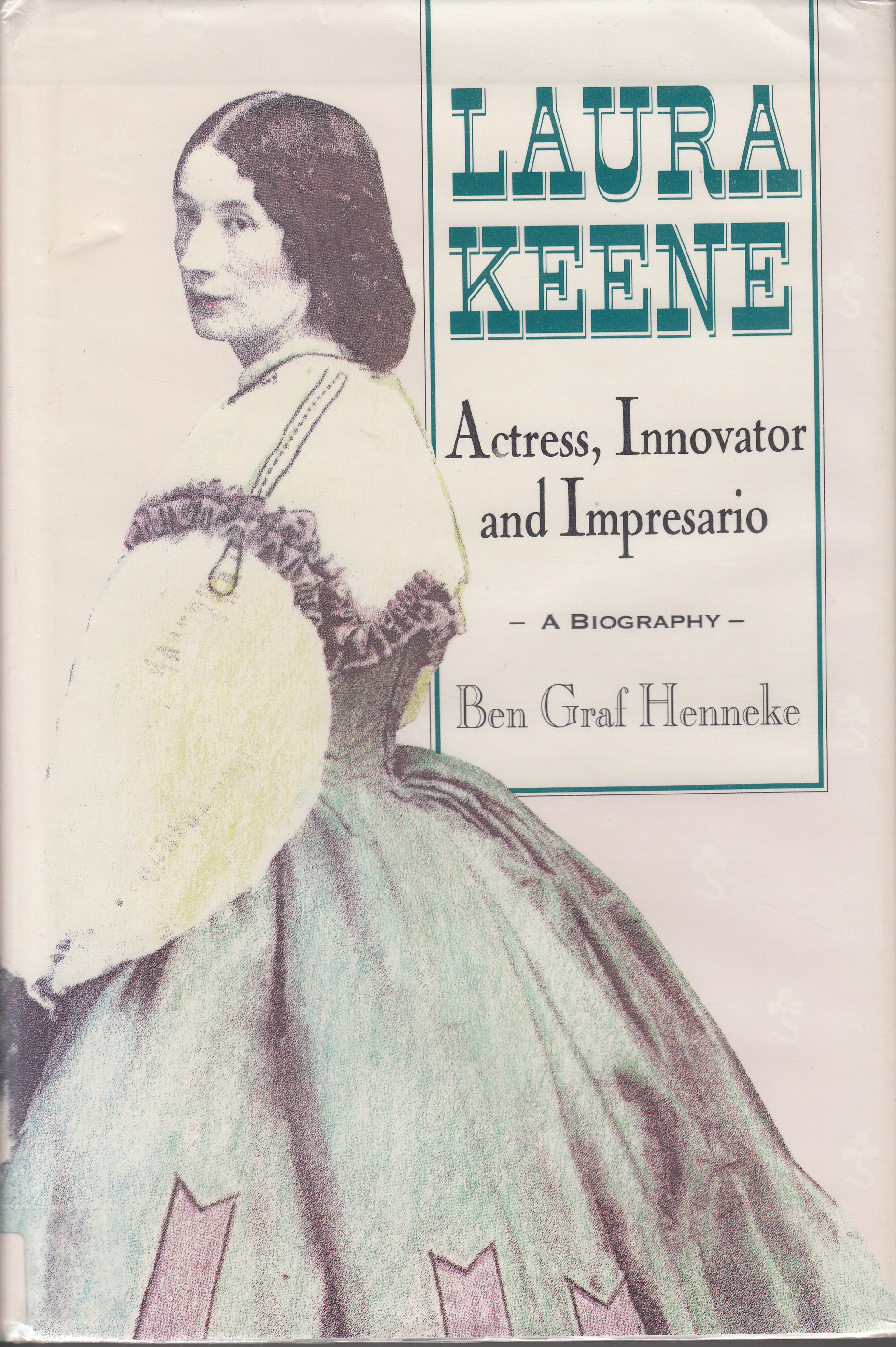
The second book on Laura Keene was not produced until 1990, when Ben Graf Henneke wrote Laura Keene: A Biography (Tulsa: Council Oak Books). Henneke began researching Keene when he was doing his Ph.D. dissertation at the University of Illinois. After a career in the theater, he became President of the University of Tulsa. After retirement from that university, he spent ten years of “intensive detective work” in completing the book.
A much detailed version of assassination night is presented in Chapter 10, “Good Friday, 1865” (pages 193-214). The preparation are described and the roles of several persons, including Harry Hawk and William J. Ferguson, are presented. As a pretext for Keene’s trip to the state box after the shot was fired, Henneke indicates that it was Clara Harris who asked Miss Keene to bring some water. Then Henneke describes William J. Ferguson escorting Laura Keene “…from the stage, over the footlights, down the stairs to the parquet level.” Henneke continues:
He handed her down as she clutched at her skirts. Although the aisles were filled with milling, distressed, desolated humanity, a way was made for Laura. She reached the lobby and ascended the stairs, people on the stairs drawing back to give her room. Across the back of the dress circle and down the passageway she and Ferguson moved and then hesitated at the door….
While they waited for Mr. Lincoln to gain sufficient strength to be moved, Laura asked Leale if she might hold the president’s head. he granted her request. She sank to the floor of the box and, pillowing the head in her lap, she bathed the temples with the water she had brought….
Then Henneke quoted Seaton Munroe, using the same remark used by Creahan (see above).
What is somewhat unique about Henneke’s report on what transpired is that he then went into speculation regarding what followed. This speculation was interwoven with the facts of the army taking over the theatre, Harry Hawk being questioned, and the closing of the building for the evening. Henneke asks: How did Laura get home?… Was she interrogated? Was she asked to go to the Petersen House? Was the note found that she had sent to Lincoln indicating that he should stay after the play to hear the rendition by the cast of Withers’ tune honoring the soldiers? Where was John Lutz? How did Laura get out of Washington? And, significantly for the purposes of the Harrisburg connection, why was she arrested and then released? There are extensive end notes for Chapter 10 which refer in most cases to primary sources. In these end notes, there are further clues as to the persons who reported on the bloody costume as well the present location of pieces of the costume.
In addition to the book’s value in analyzing the above-mentioned issues, another quotation from Emma Taylor was produced:
The thought passed through her mind how much he resembled a picture of ‘The Dead Christ.” She also showed me the stage clothes she had worn; not only her dress, but her underskirts were bespattered with blood.
The extensive bibliography contains a variety of materials including dissertations, playbills, documents and document collections, and manuscripts.
——————————

Vernanne Bryan, who wrote a Master’s Thesis entitled, “Our American Dutchess” in 1993 (California State University, Fullerton) is the next author to tackle a full-length biography of Laura Keene. Bryan’s purpose in producing her historical narrative was to “study how Laura Keene was influenced by the social, political, economic, and art-historical contexts of the age and region.” Bryan was critical of previous documentation of Laura Keene’s life:
Most… is either vague or fragmented due to the biographer’s personal bias, lack of or destruction of historical records, and the fact that she was a very private individual.
In criticizing the two previous biographies, she states that Creahan, because he was a close friend of Laura, lacked perspective and a scholarly approach and therefore it is difficult to get an accurate picture of her from his work. I the case of Henneke, she refers to his book as a “chronological documentation” that leaves the reader “with only a shadow of what was a brilliant personality.” Veranne Bryan then proposed that her approach would combine “nostalgia of a friend” with the “factual scholarly approach of a chronologist.” Only the reader can decide whether she accomplished her goal.
Several pages are devoted to setting up the events leading to the Lincoln assassination. Bryan’s description of what then transpired differs somewhat from other accounts. Laura Keene is seen as taking charge of the situation and making order out of chaos. Her trip to the state box is without any described assistance – the word used by Bryan is “somehow.” When she arrives in the state box, there is mention that she offers comfort to Mrs. Lincoln without getting a response – and then a reflection on how Lincoln had managed to handle the “burdens of a civil war.” After she received permission to kneel down and hold Lincoln’s head in her lap, the “thoughts” that went through her head were “revealed” by Bryan – “she would be honored to do this small service for him” who had “wanted to keep the peace but had been forced to care for a nation involved in the worst kind of war.” Laura Keene knew that “simply because she had been there that fateful eve, [she] would be cursed by the taint of [his] spilled blood.” (p. 138).
Bryan’s analysis of why Laura Keene was able to leave Washington does offer some possible answers to the questions asked by Henneke – and there is a more detailed description of what John Lutz may have done to secure her release. She also offers some clues about Laura Keene’s views of the dress she wore that night as well as what happened to it. This “quest for the dress” is described using some original source material – but in a secondary way An analysis of those sources will not be done at this time; suffice it say that there are end notes which refer in many cases back to Creahan and Henneke.
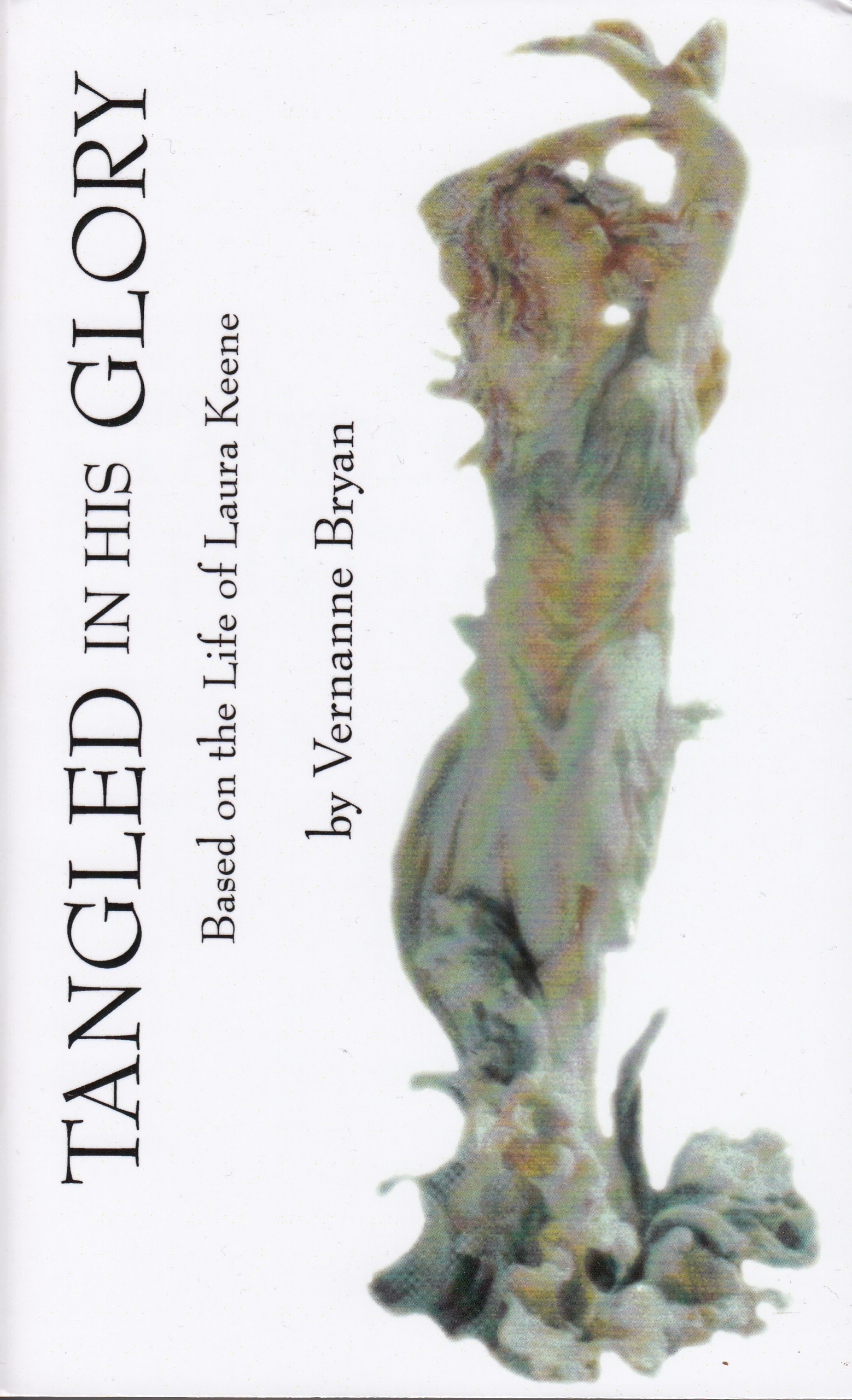
Much of what Bryan presents is speculative and imaginative rather than strictly based on the analysis of original sources. Therefore, the narrative she presents is more of the type given by a novelist rather than an historian – all of which comes to fruition in the actual novel she wrote on Laura Keene’s live, Tangled in His Glory: Based on the Life of Laura Keene (Xlibris, 2005). In trying to get inside Laura Keene’s head in the historical version, the story metamorphosed into fiction. This transformation is interesting, but care must be taken to re-ground in reality and in the known facts of the situation.
Therefore, Vernanne Bryan’s approach to the subject is more of a contextual perspective than an historical treatise – still very valuable and useful.
——————————
In addition to the four books mentioned above, there are a small number of books with chapters and articles that are worth mentioning at this time. These are listed below, with links if the item can be downloaded
Harbin, Billy J., “Laura Keene at the Lincoln Assassination,” Educational Theatre Journal. Vol. XVIII, No. 1 (March, 1966), pp. 47-54. Download through JStor.
Hutton, Laurence. Plays and Players. New York: Hurd and Houghton, 1875.
Pickett, LaSalle Cirbell. Across My Path: Memories of People I Have Known. New York: Brentano’s, 1916. Free download.
Reignolds-Winslow, Catherine Mary. Yesterdays with Actors. Boston: Cupples and Company, 1887. Free download.
Sturm, Jean, “Fords Theatre: On Stage,” American History Illustrated. Vol. XX, No. 10 (February, 1986), pp. 18-24.
Whipple, Wayne. The Story Life of Lincoln: A Biography Composed of Five Hundred True Stories Told by Abraham Lincoln and his Friends. Chicago, John C. Winston Company, 1908. Free download.
Winter, William. Vagrant Memories: Being Further Recollections of Other Days. New York: George H. Doran Company, 1915. Free download.
——————————
Future posts on this blog will trace the “chain of custody” of Laura Keene‘s bloody dress as well as analyze other aspects of the Lincoln assassination that have a Pennsylvania connection. For a list of prior posts on Abraham Lincoln, click here.
Category: Research, Resources, Stories |
7 Comments »
Tags: Abraham Lincoln, Lincoln Assassination, Women
 ;
;
